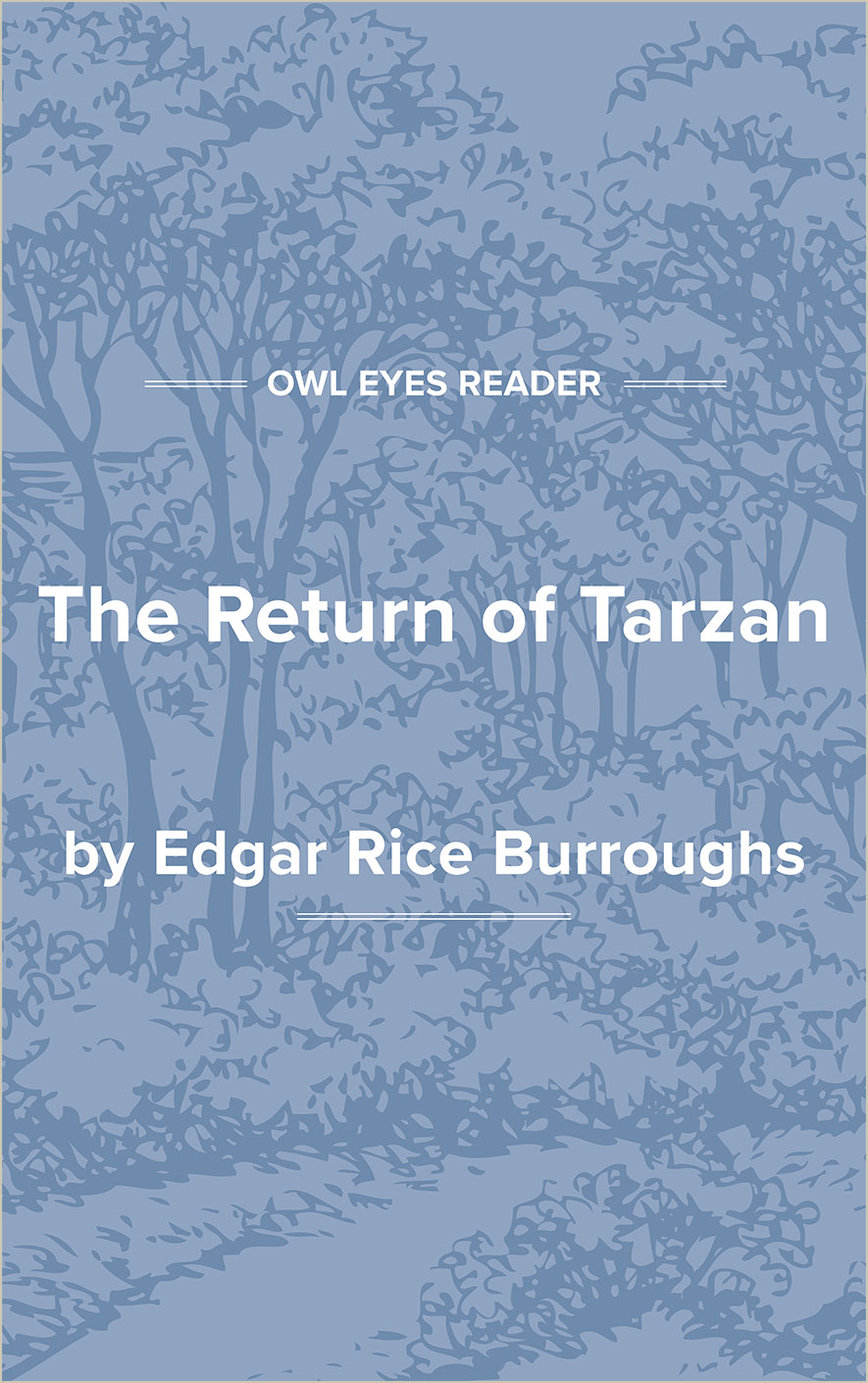Edgar Rice Burroughs Biography
Though scholars have long disparaged Edgar Rice Burroughs (BUR-ohz), he remained a popular writer into the twenty-first century, suggesting that critical reappraisals are overdue. Dozens of his novels remain in print, and numerous enthusiasts keep publishing meticulously researched books and articles about his fiction. His writing is not without flaws, including an occasionally halting prose style and overreliance on clichéd plot devices. However, he displays powerful virtues as a mythmaker, capable of creating memorable heroes and persuasive imaginary worlds. While the jungle hero Tarzan is his most famous character, Burroughs also produced celebrated science-fiction novels, Westerns, historical novels, and adventures set in contemporary times.
Burroughs was born in Chicago, the youngest son of businessman George Tyler Burroughs and Mary Evaline Burroughs. After a happy childhood in Chicago and a sojourn at an Idaho ranch, he briefly attended Andover before enrolling at Michigan Military Academy, from which he graduated in 1895. For the next seventeen years, Burroughs tried his hand at a bewildering variety of careers in various locales, briefly working as a teacher, soldier, policeman, shopkeeper, salesman, bookkeeper, and office manager. From these jobs, he gained familiarity with the vanishing American frontier, which he drew upon for his Westerns and adventure stories, as well as practical business experience that helped him become a profitable writer. In 1900 he married Emma Hulbert, with whom he had three children: Joan, Hulbert, and John.
His life changed dramatically in 1911, when reading fiction magazines inspired him to write a story of his own. The resulting novel, published in book form as A Princess of Mars, was so fanciful that he submitted it to a magazine under the pseudonym Normal Bean, so people would not think its author was crazy, but the magazine misread this as “Norman Bean.” The story proved successful and eventually inspired ten sequels describing Burroughs’s technologically advanced but decadent Mars, named Barsoom. Although he also wrote a historical novel called The Outlaw of Torn, Burroughs struck gold with Tarzan of the Apes. This saga of an abandoned child raised by African apes was immediately popular with magazine readers, prompting Burroughs quickly to produce the first of twenty-three Tarzan sequels and allowing him to break into book publication.
Burroughs brought a fresh perspective and new ideas to the profession of fiction writing. Recognizing the value of his works, he fought to garner the most favorable deal for each story. Intrigued by the new medium of motion pictures, he drafted his own scenarios before letting a producer make the first Tarzan movie in 1918. Later, having lost control over cinematic depictions of Tarzan and displeased to see his civilized hero portrayed as an inarticulate simpleton, Burroughs produced two Tarzan films of his own. He also profited by licensing a Tarzan comic strip, a Tarzan radio program, Tarzan children’s books, and other Tarzan merchandise. Most important, Burroughs in 1923 took the unprecedented step of incorporating himself as a writer; he founded Edgar Rice Burroughs, Incorporated, appointed family members as its board of directors, and made himself a salaried employee of the company. Initially advantageous for tax purposes, this company evolved into a powerful force, publishing his later novels and enduring after his death as an energetic guardian of his legacy.
In 1919 Burroughs relocated to California and purchased a ranch near Los Angeles that became the centerpiece of a new city, appropriately named Tarzana. In the 1920’s and 1930’s, he wrote more Tarzan and Mars novels, while launching two other series. At the Earth’s Core introduced readers to exciting adventures in the earth’s hollow interior, named Pellucidar, while Pirates of Venus transported them to the exotic forests of Venus or Amtor. Burroughs also published hardcover...
(The entire page is 1,042 words.)
Owl Eyes subscribers get unlimited access to our expert annotations, analyses, and study guides on your favorite texts. Master the classics for less than $5/month!

